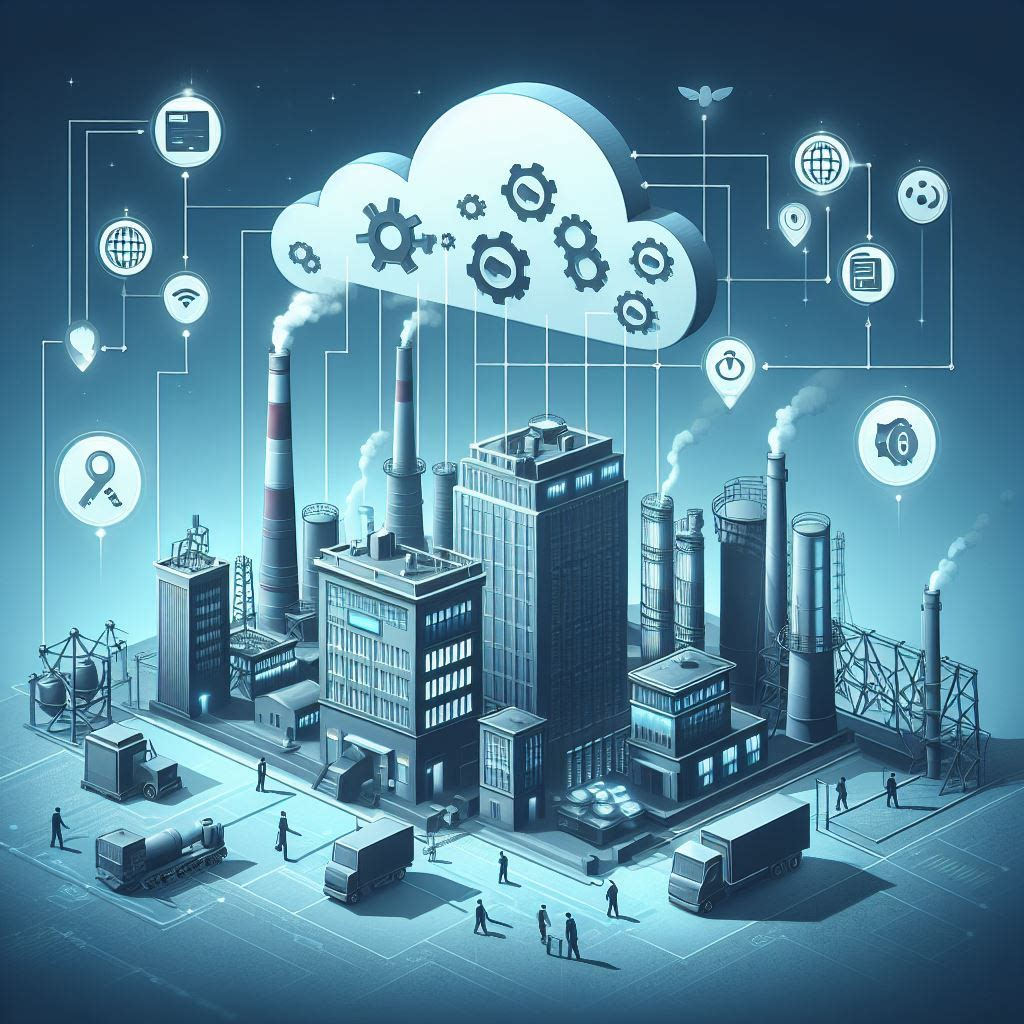The Internet of Things (IoT) has brought about a paradigm shift in our interaction with technology. It has seamlessly integrated into various aspects of our lives, from smart homes to industrial automation. However, beneath this interconnected network of devices, sensors, and data, there lies a complex interplay of commercial success and cybersecurity concerns.
1. The Rise of IoT: Fuelling Innovation
A. New Product Development
The influence of IoT on product development is profound. Companies are harnessing the power of IoT to devise innovative solutions that not only enhance user experiences but also streamline operations and unlock new revenue streams.
For instance, the enhanced connectivity provided by IoT allows devices to communicate with each other, collect data, and offer real-time insights. A prime example of this is the smart refrigerator, which can automatically reorder groceries when supplies are running low. Similarly, wearable fitness trackers can sync seamlessly with health apps, providing users with real-time health data.
Industrial IoT (IIoT) has revolutionised maintenance schedules by predicting equipment failures. This proactive approach significantly reduces downtime and boosts efficiency. For example, in a manufacturing plant, IIoT sensors can monitor machine performance and predict potential breakdowns, allowing for timely maintenance and preventing costly disruptions.
Moreover, IoT-driven data analytics enable companies to personalize products and services according to individual preferences. Streaming services, for instance, use viewer data to provide personalised recommendations, enhancing user engagement. Similarly, adaptive lighting systems in smart homes adjust the lighting based on the user’s preferences and the time of day.
B. Cost Savings and Efficiency
IoT has also contributed significantly to cost savings and efficiency. In supply chain management, IoT sensors are used to track inventory, monitor shipping conditions, and improve logistics. This leads to cost savings and reduced waste. For example, real-time tracking of goods during transit can prevent losses due to theft or damage.
Energy efficiency is another area where IoT has made a significant impact. Smart buildings adjust heating, cooling, and lighting based on occupancy, leading to substantial energy savings. For instance, a smart thermostat can learn the homeowner’s schedule and preferences, adjusting the temperature accordingly and conserving energy.
In the healthcare sector, IoT-powered medical devices have brought about significant innovations. These devices enhance patient monitoring, facilitate telemedicine, and improve drug adherence. For example, IoT-enabled wearable devices can monitor a patient’s vital signs in real-time, allowing healthcare providers to deliver timely and personalised care.
2. The Dark Side: Cybersecurity Challenges
A. Proliferation of Vulnerable Devices
Despite the numerous benefits of IoT, it also presents significant cybersecurity challenges. Many IoT devices lack robust security features as manufacturers often prioritise functionality over security. This leaves the devices vulnerable to cyber-attacks. For instance, a smart home device without adequate security measures could be exploited by hackers to gain unauthorised access to the user’s home network.
Legacy devices, or older IoT devices, pose another challenge as they may not receive regular security updates, making them susceptible to attacks. For example, an outdated smart security camera could be hacked to spy on the user.
B. New EU Cybersecurity Standards
In response to these challenges, the European Parliament approved the Cyber Resilience Act (CRA) in March 2024. The CRA mandates security requirements for “products with digital elements” (PDEs), including IoT devices. Key provisions include:
The principle of ‘Cybersecurity by Design’ requires PDEs to be designed with cybersecurity in mind from the outset. This means that security features should be integrated into the product during the design phase, rather than being added as an afterthought.
The ‘Cybersecurity by Default’ provision stipulates that devices should come with secure default configurations. This means that the default settings of the device should be the most secure settings.
The CRA also mandates that security updates must be provided during the support period. This ensures that the device remains secure throughout its lifecycle.
In addition to the CRA, the revised Product Liability Directive (PLD) holds manufacturers liable for faulty products, including IoT devices. This means that if an IoT device has a security flaw that leads to a cyber-attack, the manufacturer could be held liable.
The EU’s AI regulation, known as the AI Act, also impacts IoT devices that use AI algorithms. This regulation ensures that AI systems are transparent, accountable, and respect fundamental rights.
C. Balancing Innovation and Security
As companies navigate the complex landscape of IoT innovation and cybersecurity, they must adopt a security-first mindset. This means prioritising security during product development to ensure that IoT devices are secure by design.
Collaboration is also crucial in addressing IoT cybersecurity challenges. This includes industry collaboration, adherence to government regulations, and compliance with international standards.
Furthermore, educating users about IoT risks and best practices is essential. Users need to be aware of the potential risks associated with IoT devices and how to use these devices securely.
3. Conclusion
The potential of IoT for commercial success is immense, but it comes with a significant caveat: cybersecurity risks. As companies navigate this landscape, they must tread carefully, embracing innovation while safeguarding user data and privacy. The future of IoT lies at the intersection of creativity, security, and responsible development. It is a future that promises immense possibilities, but also demands vigilance and responsibility



